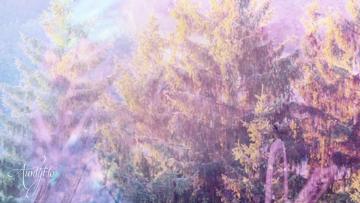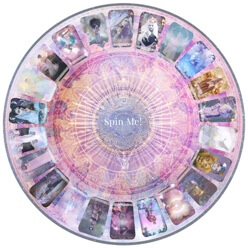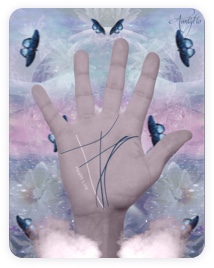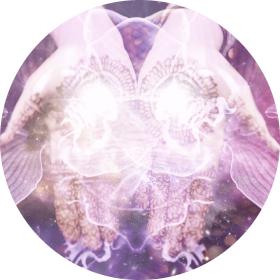Fir

Uncover Hidden Flowers meanings
Speaking the language of flowers and plants, fir trees signify time.
While this plant doesn’t really produce any flowers, it’s still a very beautiful gift to give someone you love. In the Victorian age, giving someone a fir means that you’re willing to give someone you care about your time – as time is a precious gift. Another meaning for this plant is evaluation. With the full grown fir tree being big and sturdy, this also represents protection and nurturing.
- Name: Fir
- Color: The predominant color for the fir is green. This tree reproduces through their cones and the color of the cones is brown.
- Shape: The tips of fir look like a bottle brush.
- Fact: Fir trees like the Douglas fir reproduce through cones. That means - they don’t produce flowers. This coniferous tree easily thrives in a moist and cool climate.
- Poisonous: Firs are nontoxic.
- Number of Petals: There are no petals on the fir because it doesn’t have any flowers.
- Victorian Interpretation: Firs and every part of this tree are seen to represent time in the Victorian age.
- Blossom Time: Speaking about the cones of fir trees, there are two kinds of cones that the fir produces. It produces male cones in the spring and the female cones are produced in the next season. Essentially, the fir tree would have to be a few years old before it produces any cones.
Superstitions:
Fir trees make for the most popular choice as Christmas trees. It’s also a tree that symbolizes the Christian faith. To symbolize the stars during the time of Jesus’ birth, people decorated their trees with candles.
On top of the tree, an angel or a star is placed. The angel represents the bringer of glad tidings and the star represents the star that guided the shepherds and the wise men to the stable where the baby Jesus was born.
- The Shape: Fir trees grow to a very tall height and the tallest parts of the tree is the tip. Seen from afar, the trees look like triangles. On closer inspection, their twigs look like bottle brushes.
- Petals: The fir is devoid of petals since it doesn’t really produce flowers. It just has cones for reproduction and in a sense - it’s the tree as a whole that represents time.
- Numerology: The fir is characteristic of the number 6. In numerology, this means protection, balance, nurturing and community.
- Color: Fir is green. It’s not really a leafy kind of tree but it’s green mostly because of its needles.
Herbalism and Medicine:
Fir trees have different species like the balsam fir, the Douglas fir and the silver fir. For these trees, parts like the leaves, the twigs and the bark were used and for some trees, the resin is also utilized. The balsam fir has medicinal properties that work as an antiseptic, expectorant and analgesic. It can also be used as a diuretic or a stimulant.
In relation to the Douglas fir, the sap is the most important part. When the sap is dried, it can be used for curing colds. The buds of this tree can also be chewed for relief from the pain of mouth sores. The fir needles of this tree can treat scurvy since it has a high content of vitamin C in it.
With regard to the silver fir, its uses in the olden times and the modern times are a bit different. Traditionally, silver fir was used as treatment for fever and muscle pain. Today, it’s used in aromatherapy. The oils from the silver fir can help cure cough and colds, bronchitis, sinusitis and flu.
By Florance Saul
Aug 20, 2012







